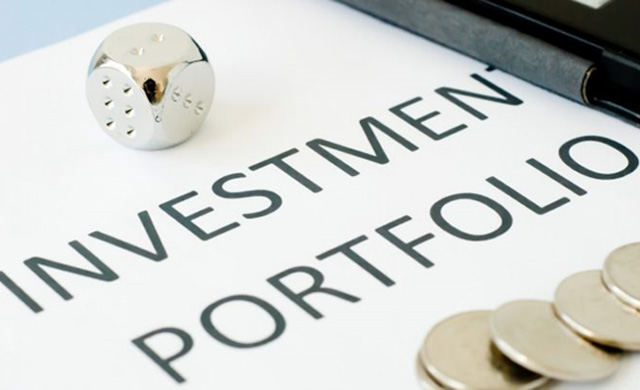Last week’s Newsletters on Tandem (LSE:TND) described its various businesses, and showed its share at the low price of eight times the average annual earning per share over the last ten years. A common reason for a low price relative to earnings is that the company in question faces high risk, particularly the risk of failing to manage its debts. So today we’ll examine financial distress risk.
Piotroski analysis
In 2000 Joseph Piotroski published research looking into the question of whether you could take a bunch of value shares and then separate out the strong from the weak using accounting ratios and measures (see earlier Newsletters for a summary of Piotroski’s work).
Piotroski’s nine factors, when taken as a whole, indicate where a company is along the spectrum, ranging from showing great improvements to its financial position at one end to exhibiting increasing financial distress at the other.
Profitability factors
If the firm is profitable and produces positive cash flow it has a capacity to generate funds internally. A positive earnings trend suggests an improvement in the firm’s ability to generate positive future cash flows.
- Positive net income before extraordinary items? Tandem was profitable in the year to December 2017. One Piotroski point gained.
- Positive cash flow from operations? Cash generated from operations was £2.33m, so one more point.
- Positive change in return on assets employed in the business from the previous year? Net income before deduction of exceptionals divided by total assets at the beginning of the year. 2017: £2.137m/£23.4m = 9.1%, 2016: £0.883m/£23.5m = 3.8%. An improvement, therefore a third point scored.
- Cash flow greater than profit? (so profits are not driven primarily by positive accruals, which may be ‘managed’). Yes, so Tandem gains its fourth point here.
Leverage, liquidity, and source of funds
Measuring changes in capital structure (debt:equity ratio) and firm’s ability to meet future debt service obligations.
- Change in leverage over one year. Has the firm’s long-term debt reduced relative to its total assets? This ratio was 8.85% in 2017, better than the 10.6% for 2016, so Tandem gains a fifth point here.
- Has the firm’s current ratio (current assets divided by current liabilities) improved over the past year? Yes, it was 1.61 in 2017 and 1.43 in 2016, so a sixth point is gained.
- Has the firm avoided raising fresh equity capital (e.g. rights issue or placing) in the last year? Yes, so it gains its seventh point.
Operating efficiency
- Has the gross profit margin improved this year compared with last? Gross profit margin in 2017 was 29.6% compared with 26.0% in 2016 therefore another Piotroski point is gained.
- Has the ratio of turnover to beginning-of-the-year total assets improved this year compared with last? (This indicates greater efficiency in the use of its assets from either having fewer assets for a given level of sales or raised sales). The turnover to assets ratio was 2017 was 1.57, but in 2016 it was 1.63. So, no point.
An overall score of eight out of nine is very good, indicating very little financial distress.
Interest cover and money spent on financing
Tandem owns its warehouse in Castle Bromwich (worth over £3m), but otherwise rents what it needs, including the warehouses in Scunthorpe and Northampton. It probably rents other things such as fork lifts, lorries, etc. It thus has a regular commitment on to pay for leasing and HP – from what I can gather, at least £10,000 per week.
Another tactic is to sell forward its receivables. I think it works like this: goods are imported by Tandem and sold to say Argos. After delivery to its store Argos has a legal responsibility to pay Tandem. However, it delays this by many weeks, causing Tandem a problem in terms of cash flow.
So, Tandem agrees with an invoice discounter to receive money from them immediately in return for interest and fees and the right for the invoice finance house to collect the money owing from Argos a few weeks later. The costs of this invoice finance is lumped-in with that of interest on loans and overdrafts in the table below, but is no more than £0.2m pa.
The increasing profits trend means that Tandem (a) has plenty of income cover for its financing costs, and (b) has cash sitting around the place, which can be used to give it more options, e.g. if invoice financing of £2m is costing say £100,000 pa while there is £2m in a bank account earning only 0.1% pa the directors might decide to eliminate some of their finance costs by not discounting invoices.
The interest cover numbers and the trend to less reliance on finance from outside give me a great deal of reassurance regarding the company’s ability pay its way.
| 2017 | 2016 | 2015 | 2014 | 2013 | 2012 | |||||||
………………To read more subscribe to my premium newsletter Deep Value Shares – click here http://newsletters.advfn.com/deepvalueshares/subscribe-1

 Hot Features
Hot Features












